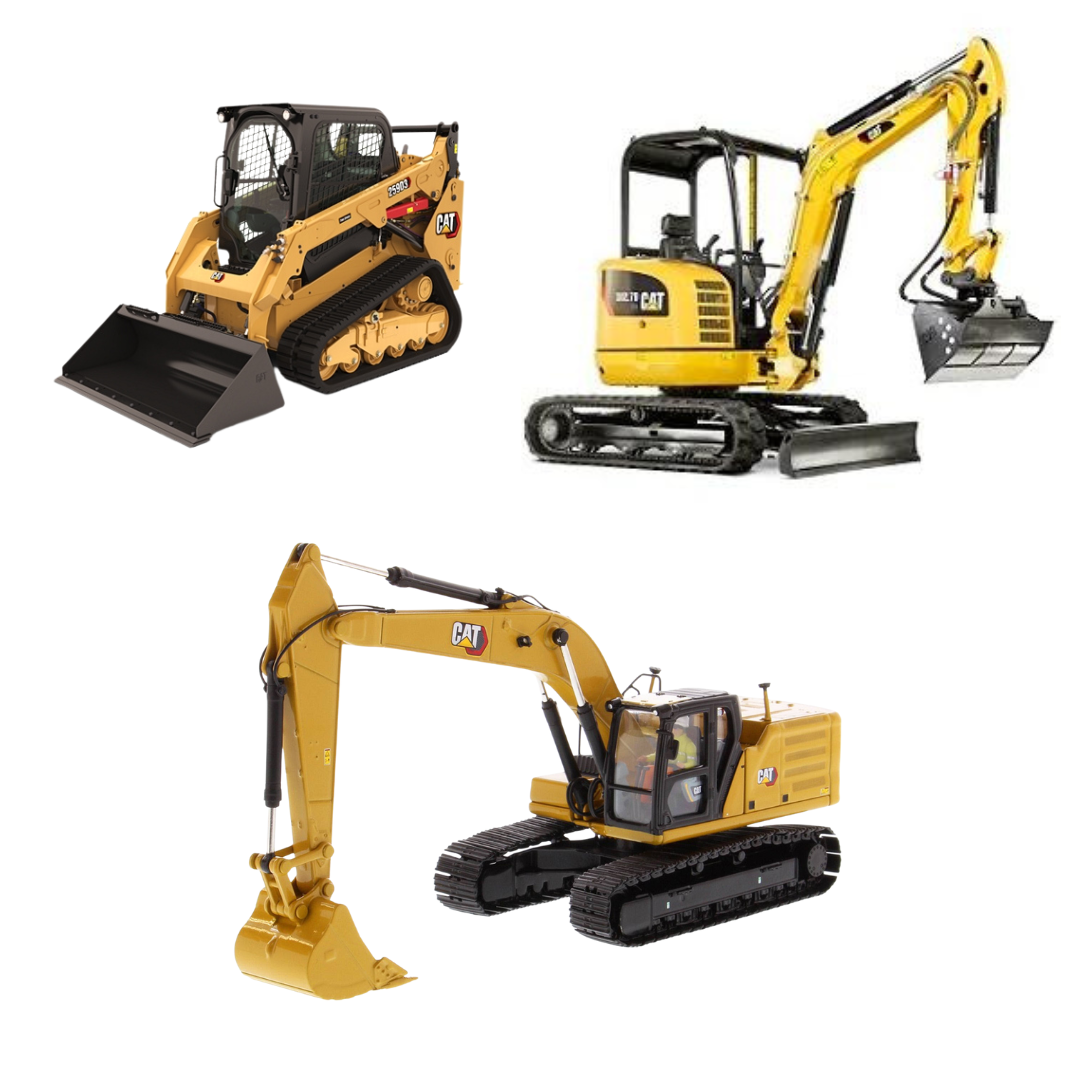Forklift Rental: Heavy Training Equipment for Warehousing and More
Forklift Rental: Heavy Training Equipment for Warehousing and More
Blog Article
Optimize Your Spending Plan by Understanding the Prices Related To Construction Devices Services
Understanding the complete scope of prices associated with building equipment services is critical for maximizing your budget plan. What techniques can be used to properly manage these prices and ensure a more effective rental experience?
Introduction of Rental Prices
When taking into consideration building and construction equipment services, understanding the linked expenses is paramount for effective budgeting and task preparation. Rental costs can vary considerably based upon several elements, including equipment kind, period of leasing, and location. The initial rental fee commonly reflects the devices's market need and its linked functional abilities, influencing the total expenditure.
Along with the base rental price, ancillary prices may develop, such as transportation costs, fuel additional charges, and upkeep charges. It is necessary to account for these extra expenses to precisely analyze the total expense of renting out devices. Additionally, the rental duration can affect rates; longer services might qualify for reduced rates, while short-term services may incur higher everyday fees.

Failure of Rental Prices
A comprehensive understanding of rental rates is important for professionals and project supervisors aiming to enhance their budgets. Rental rates for building and construction equipment typically consist of several components, including base prices, time-based fees, and use charges.
Base prices are the core charges connected with the service of the tools, typically established by the type and size of the equipment. These prices can differ substantially, influenced by factors such as devices need, schedule, and local market fads. Time-based fees, which might be daily, weekly, or monthly, offer to suit different project timelines and rental periods.
In addition, rental rates may include usage fees, which are relevant when equipment is utilized beyond a defined threshold, ensuring that the rental company can represent wear and tear. Seasonal demand changes can also impact rental prices, with peak building and construction periods normally regulating greater rates.
In addition, comprehending the rental company's plans regarding maintenance and insurance coverage can supply more insight right into the overall cost structure. By examining these components, professionals can make enlightened choices, making sure the choice of rental equipment straightens with both task needs and budget constraints.
Added Costs to Consider
Comprehending the intricacies of additional costs is important for contractors to handle their overall service costs efficiently. Past the typical rental prices, various auxiliary costs can considerably impact the total cost of devices rental. These fees commonly include delivery and pickup fees, which can vary based upon distance and logistics associated with delivering the devices to and from the job site.
Furthermore, some rental companies may impose fuel additional charges if the devices is returned with much less fuel than when rented. It is likewise necessary to recognize possible cleaning fees, particularly for specific equipment that calls for extensive upkeep after use.

Completely evaluating the rental arrangement and clarifying these extra fees ahead of time can help specialists guarantee and avoid unforeseen costs that budget plans continue to be undamaged throughout the project lifecycle.
Repair And Maintenance Expenditures
Routine repair and maintenance expenditures are commonly overlooked elements that can considerably affect the overall cost of building devices leasings. When leasing tools, it is essential to take into consideration not just the rental charges but also the possible expenses related to maintaining the machinery in optimum operating condition.
Many rental companies consist of fundamental upkeep as part of the rental agreement; nonetheless, a lot more unanticipated break downs or substantial repair services can lead to added costs. It's important to evaluate the rental contract very carefully to understand what maintenance solutions are covered and what responsibilities fall on the tenant.
Furthermore, tools that is not well-maintained can bring about inefficiencies on the work website, possibly creating delays and increasing task prices. To alleviate these dangers, it is advisable to conduct normal inspections and preserve open interaction with the rental provider pertaining to any kind of concerns that arise throughout use.
Insurance Coverage and Responsibility Prices
Insurance policy and liability expenses are vital elements that can substantially influence the overall cost of construction tools rentals (scissor lift rental). These expenses make sure that both the rental company and the client are secured from potential financial losses occurring from mishaps, damages, or burglary during the rental duration

Furthermore, customers ought to know any deductibles or exemptions in the insurance coverage, as these can affect prospective out-of-pocket costs. Comprehending the terms of any insurance policy protection is important to prevent unanticipated costs. Ultimately, budgeting for insurance policy and responsibility costs can assist make sure a smoother rental experience and shield against economic risks associated with building projects.
Conclusion
In verdict, a thorough understanding of the prices connected with building and construction tools leasings is essential for reliable budget plan management. By examining rental rates, extra costs, upkeep costs, and insurance demands, people and companies can lessen unforeseen expenditures. This tactical method not only boosts cost-effectiveness but likewise makes sure that tasks proceed smoothly and successfully. Eventually, i was reading this informed decision-making regarding devices leasings adds to the overall success of building and construction ventures.
Rental prices can vary significantly based on a number of variables, consisting of equipment type, duration of leasing, and place (heavy equipment rental). The rental duration can influence pricing; longer leasings may qualify for discounted rates, while temporary leasings may incur greater daily fees
By carrying out detailed research and involving with credible rental firms, service providers can properly navigate the complexities of rental prices, ultimately optimizing their economic sources.
Beyond the typical rental prices, different extra costs can dramatically impact the overall price of equipment leasing. Rental business typically supply responsibility insurance policy that covers injuries to 3rd parties or damage to building, while equipment damages insurance coverage can cover the expense of repair work or replacement if the rented tools is damaged.
Report this page